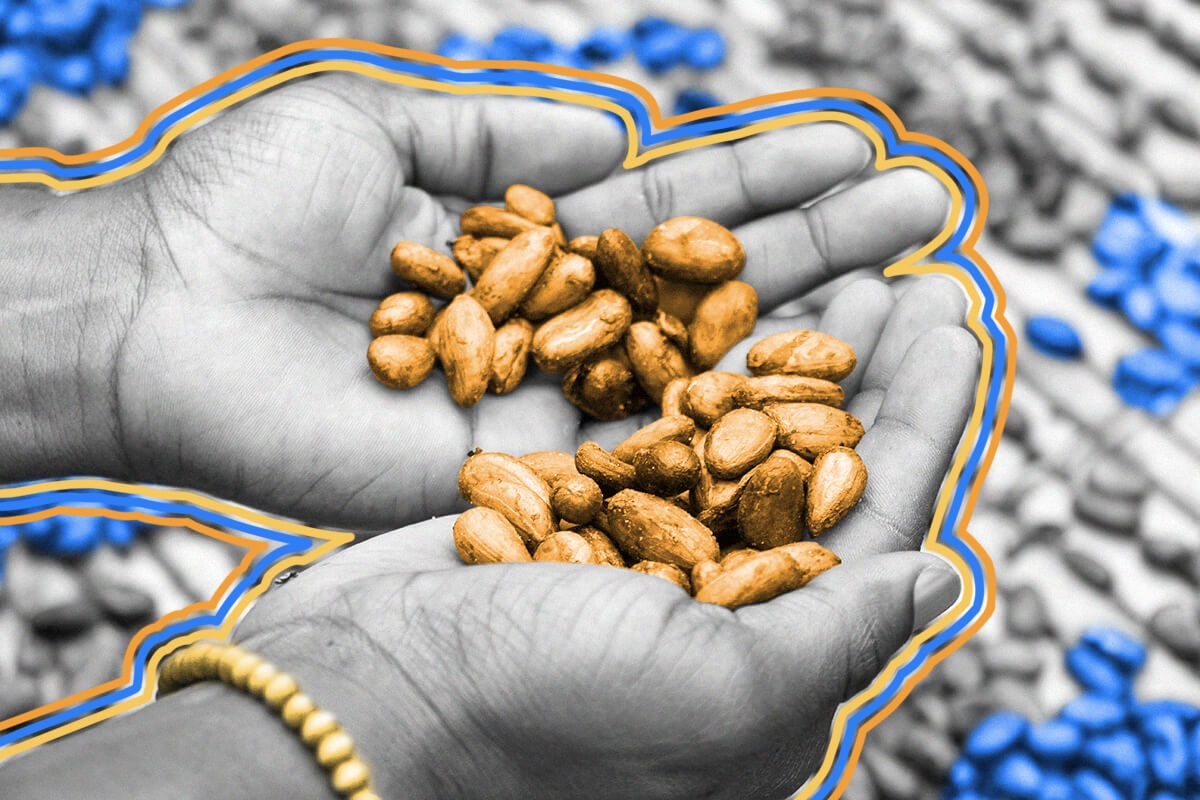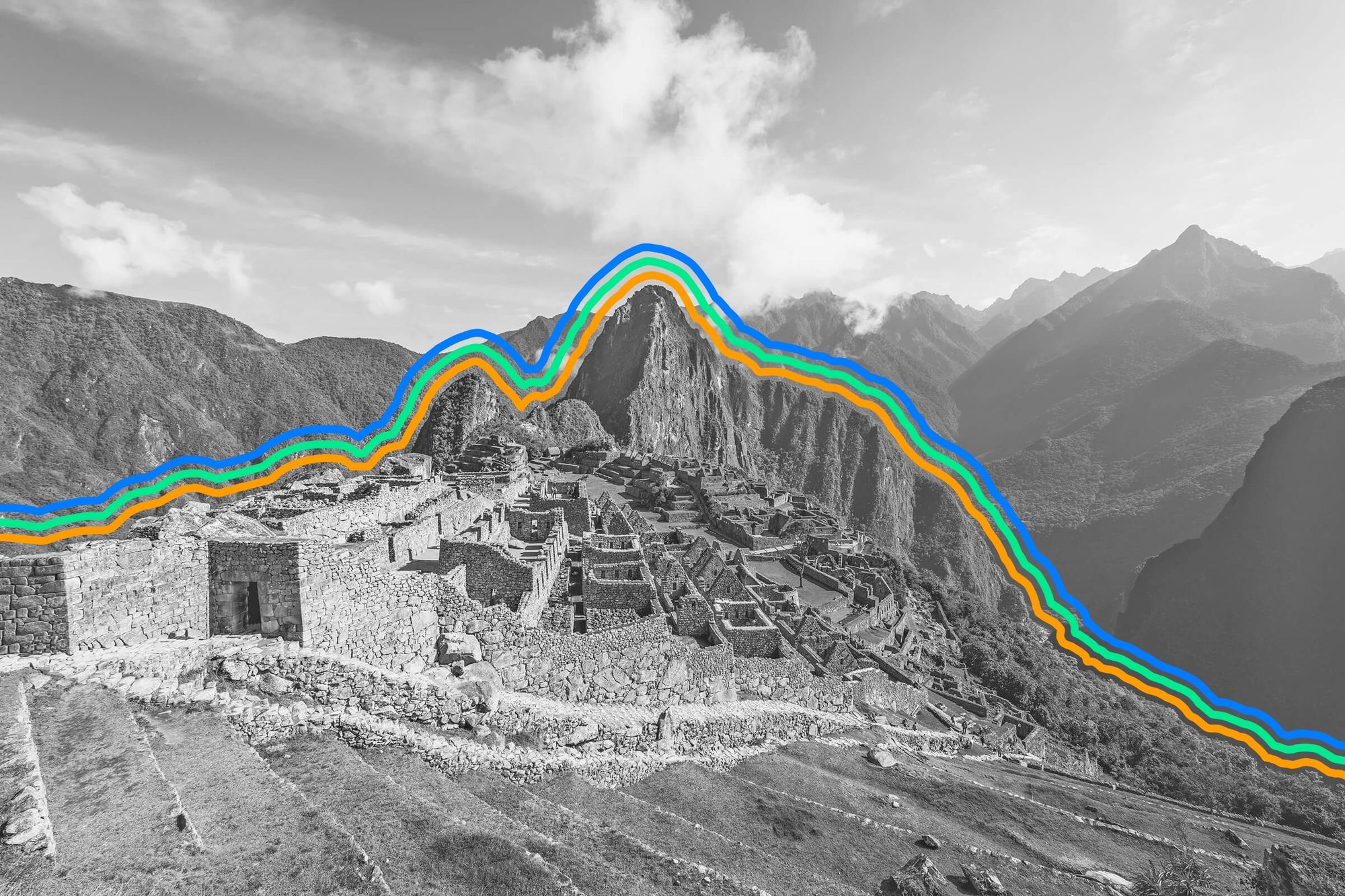
Aztecs considered cacao beans more valuable than gold.
You may love chocolate, but probably not as much as the Aztecs did. This Mesoamerican culture, which flourished in the 15th and early 16th centuries, believed cacao beans were a gift from the gods and used them as a currency that was more precious than gold. The biggest chocoholic of them all was the ninth Aztec Emperor, Montezuma II (1466–1520 CE), who called cacao “the divine drink, which builds up resistance and fights fatigue. A cup of this precious drink permits a man to walk for a whole day without food.” To say he practiced what he preached would be an understatement: Montezuma II was known to drink 50 cups of hot chocolate a day (from a golden goblet, no less). His preferred concoction is said to have been bitter and infused with chilis.
Needless to say, that was an expensive habit. Aztec commoners could only afford to enjoy chocolate during special occasions, whereas their upper-class counterparts indulged their sweet tooth more often. That’s in contrast to the similarly chocolate-obsessed Mayans, many of whom had it with every meal and often threw chili peppers or honey into the mix for good measure.
Morale boosts were hard to come by during World War I, but one thing was sure to get the job done: chocolate. In America, the military chocolate tradition dates all the way back to the Revolutionary War, when the cocoa-loving George Washington included the treat in his soldiers' rations. For our frenemies across the pond, every soldier received a King George Chocolate Tin in 1915; U.S. WWI rations were solicited from chocolate companies in 20-pound blocks, then cut down and hand-wrapped. Doughboys and Tommies (slang for U.S. and U.K. WWI soldiers, respectively) brought their sweet tooths home with them, and confectioners were happy to oblige. Candy bars became massively popular in the decade following World War I — more than 40,000 different kinds were produced in the U.S. alone by the end of the 1920s. These regional specialties began to die out following the one-two punch of the Great Depression and the outbreak of World War II, when Hershey’s was commissioned to create more than 3 billion ration bars for the U.S. Army. They’ve remained an industry titan ever since, and still claim the highest market share of any American confectionery by a sizable margin.

